The Full Moon of June is typically the last Full Moon of Spring and the first of summer. Traditionally it is named The Strawberry Moon.
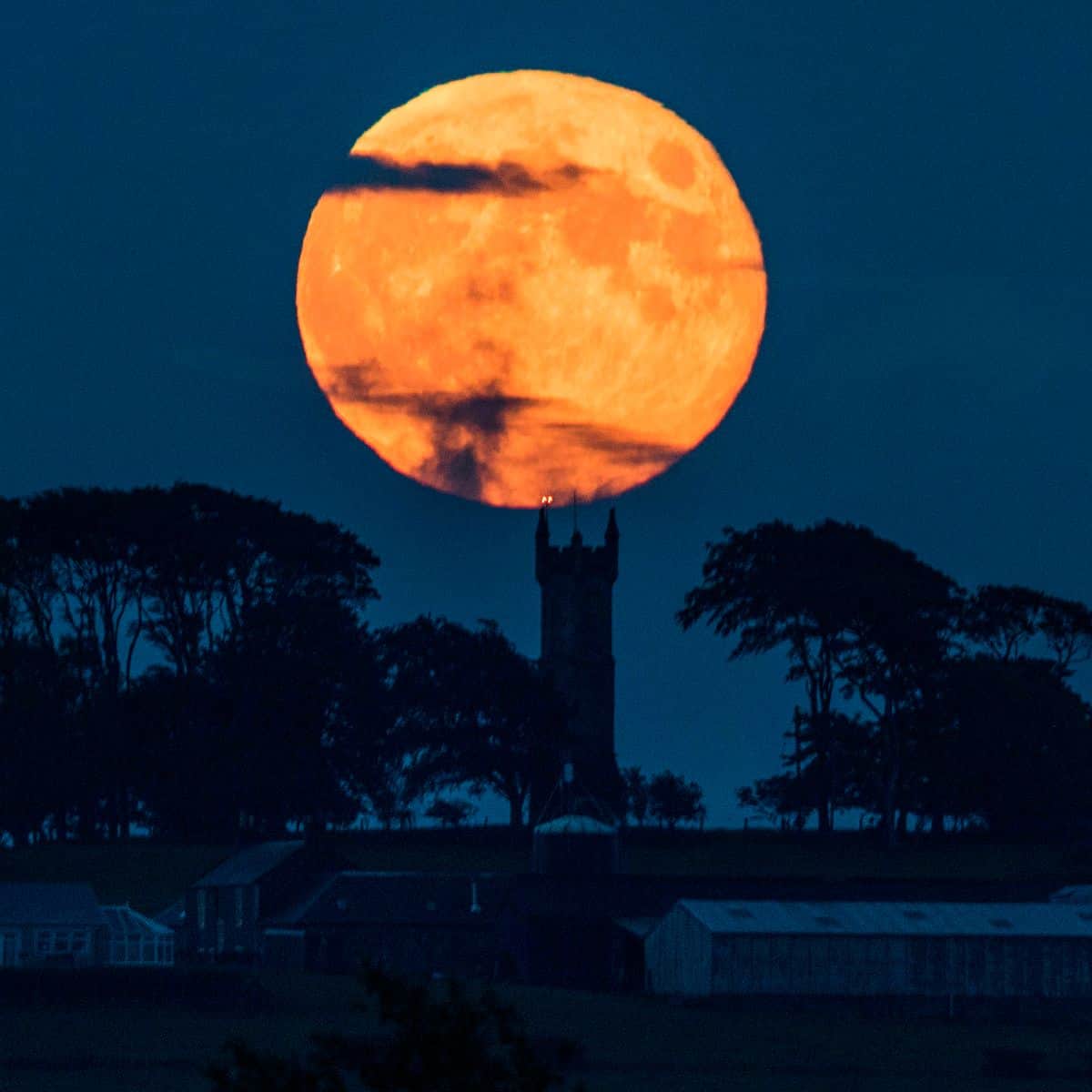
Unlike the previous three Full Moons, which were Supermoons in 2020, this one will be a regular full moon, but this fact won’t affect its beauty.
Let’s find out where the Strawberry Moon got its name from, what it means spiritually, its phases, and when we can see it.
June Full Moon Names
We are still using the Native American tribes’ names to the Full Moons to track seasons. These names are closely related to nature and refer to the entire lunar month, not just the full Moon.
The Strawberry Moon name comes from the Algonquin tribes. They lived in eastern North America, and it was the signal to gather this wild fruit.
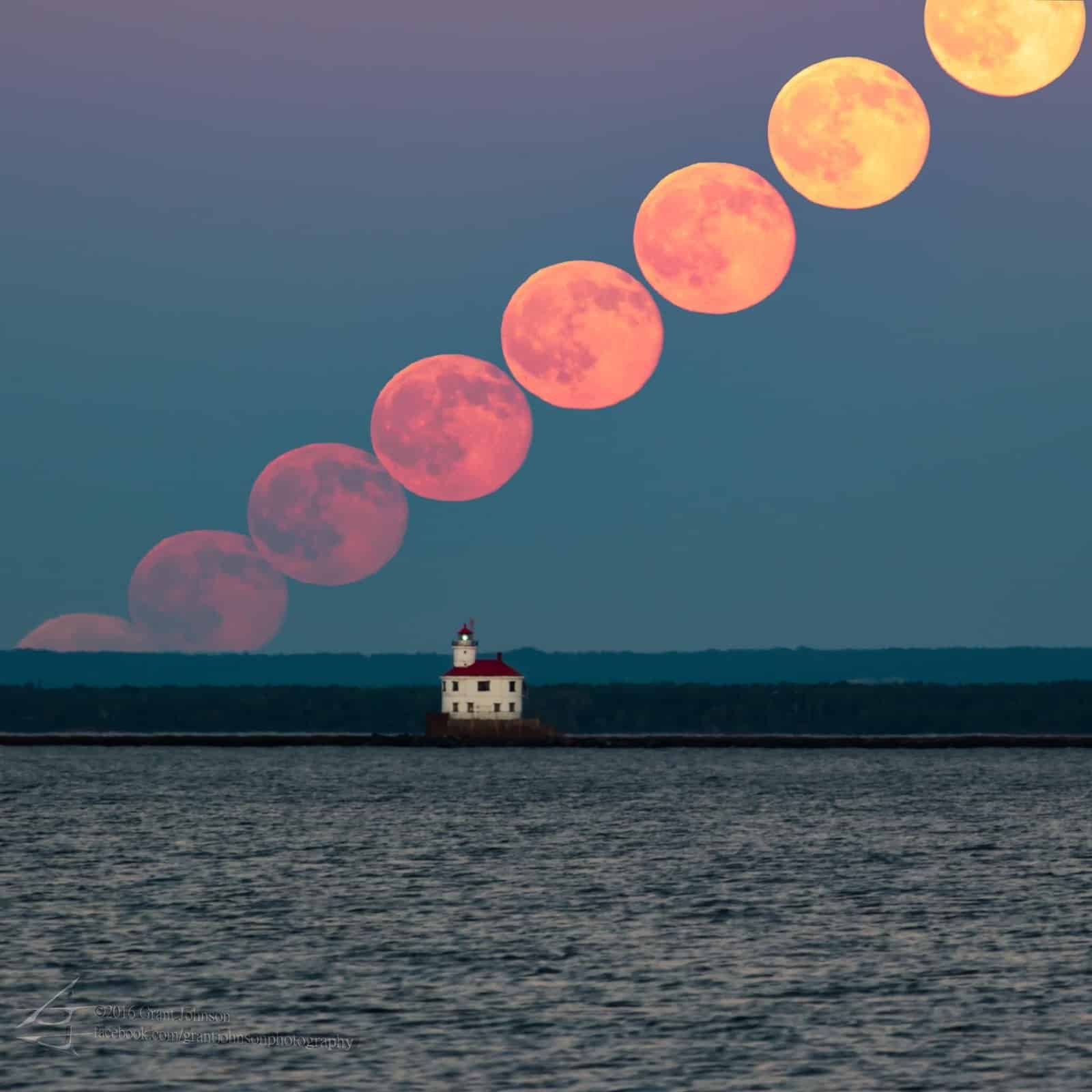
Because of the summer heat, Europeans named this Full Moon the Goat Moon or Rose Moon. According to some sources, the Anglo-Saxons named it the Mead Moon because this is the time for mowing the meads.
The Strawberry Moon’s Phases
The Full Moon in June will rise on the 5th and will last until the 6th. It will reach the peak of illumination on the 5th.
The next phase, the Waning gibbous, will begin on the 7th, and the Moon’s visibility will start to decrease from 97% to 67% on the 11th, which is the last night of this phase.
The Last Quarter will last for three nights, from the 12th until the 14th. The Moon illumination will reduce to 39%. For the next five nights, the Waning crescent phase will decrease the Moons visibility at 4%.
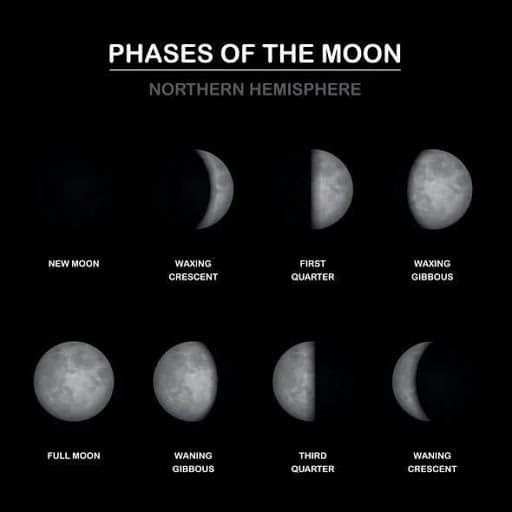
The New Moon lasts until June 22, with a minimum visibility of 1% on the 21st. For the next four nights, the Moon will start again to increase its light until 30%. This is called the Waxing crescent phase.
The First Quarter is the next phase, with maximum visibility of 64% on the 29th. On the last night of the Month, the Moon will begin the Waxing gibbous phase. Its illumination will be at 74%.
What does The Strawberry Moon Mean Spiritually?
The Strawberry Moon is almost always in Capricorn. This is the time to draw the line and reflect on your accomplishments about your attitude regarding your work, dreams, happiness, and wealth. In the spring, you planted the seeds; now the time for indulging yourself with some well-deserved fruits has come.
It’s time to let the work behind you and make way for relaxation and fun. If you are a work-centered personality, it is critical to change your mindset during the Strawberry Moon. Balance energies with some fun. You most definitely deserve it, and more importantly, your soul needs it.
What is a penumbral eclipse?
A moon eclipse can happen only at Full Moon. The Sun, Earth, and the Moon are aligned with the Earth in the middle. The lunar eclipse is created by the Earth’s shadow falling on the Moon. The types of lunar eclipses are total, partial, and penumbral.
When the inner part of Earth’s shadow, called the umbra, falls on the Moon, it results in a total lunar eclipse. At the mid-point of this eclipse, the Moon’s face is in complete shadow and may appear red.
We call a partial lunar eclipse when the umbra takes a part of the Moon. The darkness is increasing, then decreasing, never reaching the total phase.
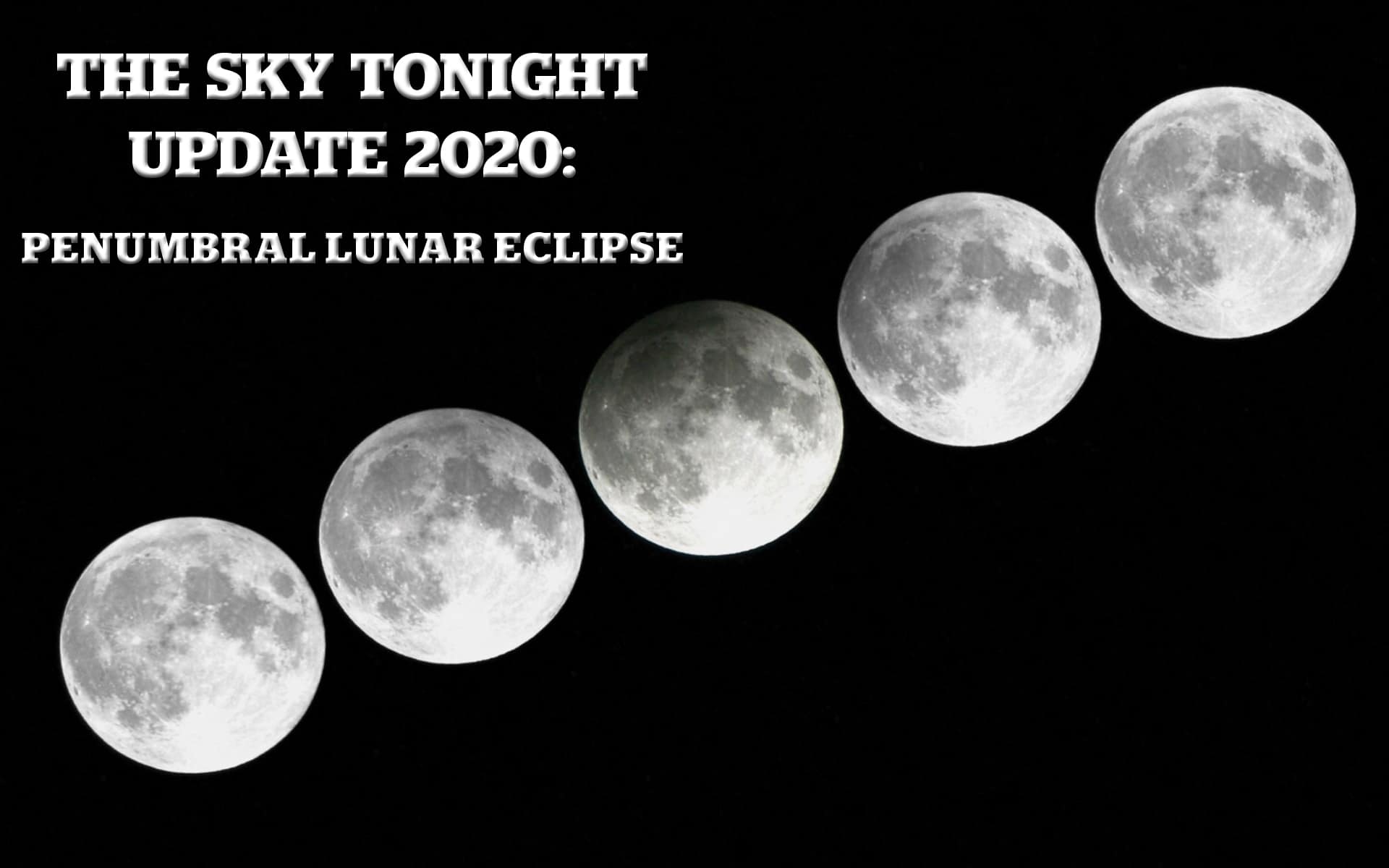
A penumbral lunar eclipse is when only a diffuse outer shadow of the Earth falls on the Moon’s surface. This kind of eclipse is so subtle and difficult to spot that most people won’t be able to see anything even at mid-eclipse. Very few will notice a dark shading.
About 35% of all eclipses are penumbral. The other 35% are total eclipses, and the rest of 30% are partial.
What are the Full Moons of 2020?
In 2020 we will have 13 Full Moons, and some of them are Supermoons. Here is the list of when they will occur:
- January 10 – 2:21 pm / 14:21 Wolf Moon Lunar Eclipse
- February 9 – 2:33 am / 02:33 Full Snow Moon
- March 9 – 1:48 pm / 13:48 Super Worm Moon
- April 7 – 10:35 pm / 22:35 Super Pink Moon
- May 7 – 6:45 am / 06:45 Flower Supermoon
- June 5 – 3:12 pm / 15:12 Full Strawberry Moon
- July 5 – 12:44 am / 12:44, Full Buck Moon
- August 3 – 11:59 am / 11:59 Full Sturgeon Moon
- September 2 – 1:22 am / 01:22 Full Corn Moon
- October 1 – 5:05 pm / 17:05 Full Harvest Moon
- October 31 – 9:49 am / 09:49 Full Hunter’s Moon
- November 30 – 4:30 am / 04:30 Full Beaver Moon
- December 29 – 10:28 pm / 22:28 Full Cold Moon
What are the Full Moons of 2021?
In 2021 we will have only 12 Full Moons, and here is when they will occur:
- January 28 – Full Wolf Moon
- February 27 – Full Snow moon
- March 28 – Full worm moon
- April 27 – Full Pink Moon
- May 26 – Full Flower Moon
- June 24 – Full Strawberry Moon
- July 24 – Full Buck Moon
- August 22 – Full Sturgeon Moon
- September 21 – Full Corn moon
- October 20 – Full Hunter’s Moon
- November 19 – Full Beaver Moon
- December 19 – Full Cold Moon
Is the Strawberry Moon a Supermoon?
The Supermoons are studied from the late ’70s, but the International Astronomical Union has not yet defined them.
A Supermoon occurs when the Full Moon coincides with the perigee. Because the Moon has an elliptic motion around the Earth, sometimes it’s closer and other times further to Earth. The closest point is called perigee, and the farther, apogee.
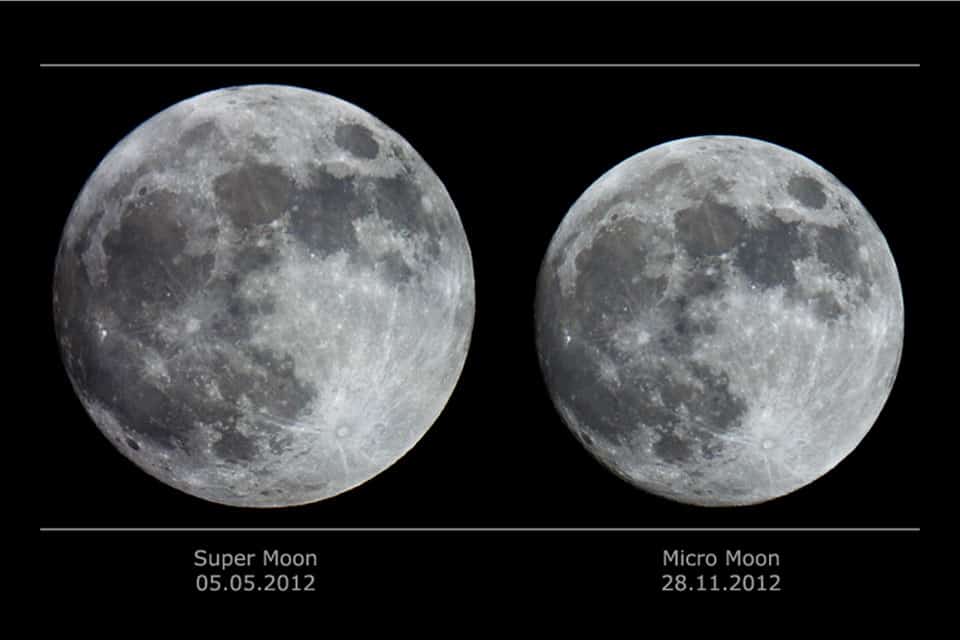
Unlike March’s, April’s, and May’s Full Moon, June’s Full Moon will miss its perigee. This means it’s not entitled to be named a Supermoon.
Some scientists consider the February’s Full Moon also a supermoon, but there is a lot of debate around this subject because it missed its perigee with more than a day and a half. June’s Full Moon will, however, bring a partial penumbral eclipse.
Moon’s Phases Explained
The Moon has four principal phases, the New Moon, the Full Moon, and the First and Third Quarter, and some phases in between.
When the Sun, Moon, and the Earth are aligned, and the Sun illuminates only the Moon’s part we cannot see, we call it a New Moon. The visibility of the Moon can reach a minimum of 1%.
In opposition to this phase is the Full Moon. Again the Sun, Moon, and the Earth are aligned, but this time the Moon is on the opposite side of the Earth, and we see the entire sunlit part of it.
The First and Third Quarters, also known as the Half-moon, happen when the Moon is at a 90-degrees angle concerning the Earth and Sun. We can see half the illuminated part and half the shadow part of the Moon.
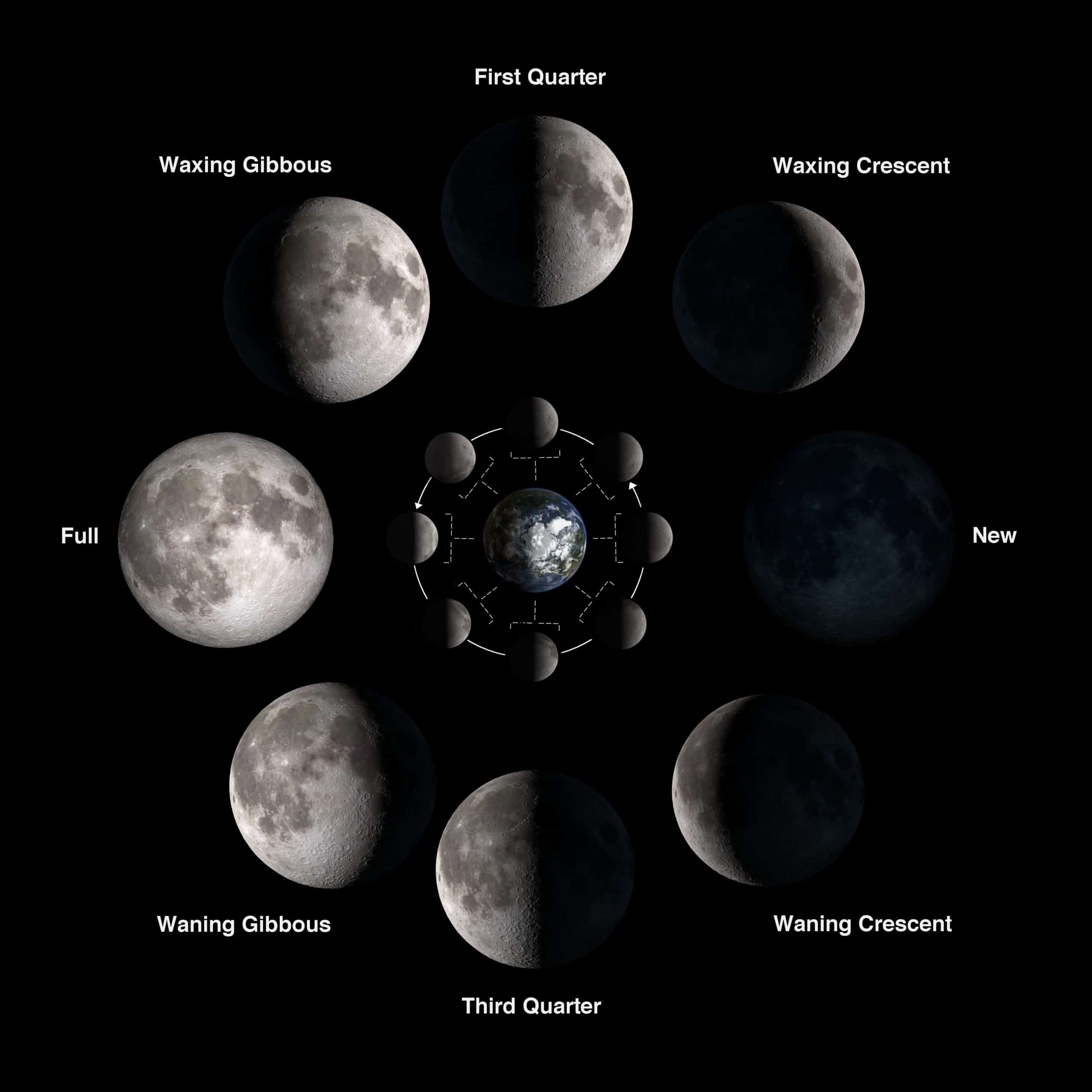
After the New Moon, the illuminated part increases, but less than a half, and this is the Waxing crescent phase. The Waxing gibbous is when the Sun illuminates more than half of the Moon, and the visibility is increasing.
Between the Full Moon and the Third Quarter, visibility starts to decrease. This is the Waning gibbous phase of the Moon.
Until the New Moon, the light wanes until it’s completely gone. This phase it’s called the Waning crescent.
Did you Know?
- In 2020, we will experience four penumbral lunar eclipses. The first one happened on January 10. The next one will be on July 5 and the last one of the year on November 30.
- The total lunar eclipse is also known as the blood moon because of its red color.
- A supermoon is only 7% bigger and 15% brighter. It is a very small difference, which makes it hard to notice. A supermoon comes with stronger weather events and bigger ocean tides.
- June is named after Juno, the Roman goddess of marriage. Traditionally it was the month of marriages. Europeans used to refer to this Full Moon as the Honeymoon.
- There is a very high chance for rain and storms on the days after a New or Full Moon.
- When the Moon is Full, it’s the best time for shrimping and crabbing.
- A flowing tide is considered to bring luck in marriage.
- The best days in June for cutting hay are the 14th and the 15th. From the 1st to the 5th and from the 21st to June 30, fishing is the best day.
Sources:
Image Sources:
- https://i2-prod.birminghammail.co.uk/incoming/article18351590.ece/ALTERNATES/s1200c/2_AMP_SDR_170619_STRAWBERRY_0002JPG.jpg
- https://cdn.mos.cms.futurecdn.net/8vwbpMR23xa9JddcvmAm8J.jpg
- https://cdn.images.express.co.uk/img/dynamic/151/590x/secondary/Strawberry-Moon-2019-will-June-Full-Moon-turn-Red-June-17-1916116.webp?r=1560753973042
- https://penningtonplanetarium.files.wordpress.com/2019/12/16-penumbral-lunar-eclipse.jpg
- https://apod.nasa.gov/apod/image/1409/supermicromoon_paduraru_960.jpg
- https://solarsystem.nasa.gov/system/resources/detail_files/676_moon_phases.jpg
